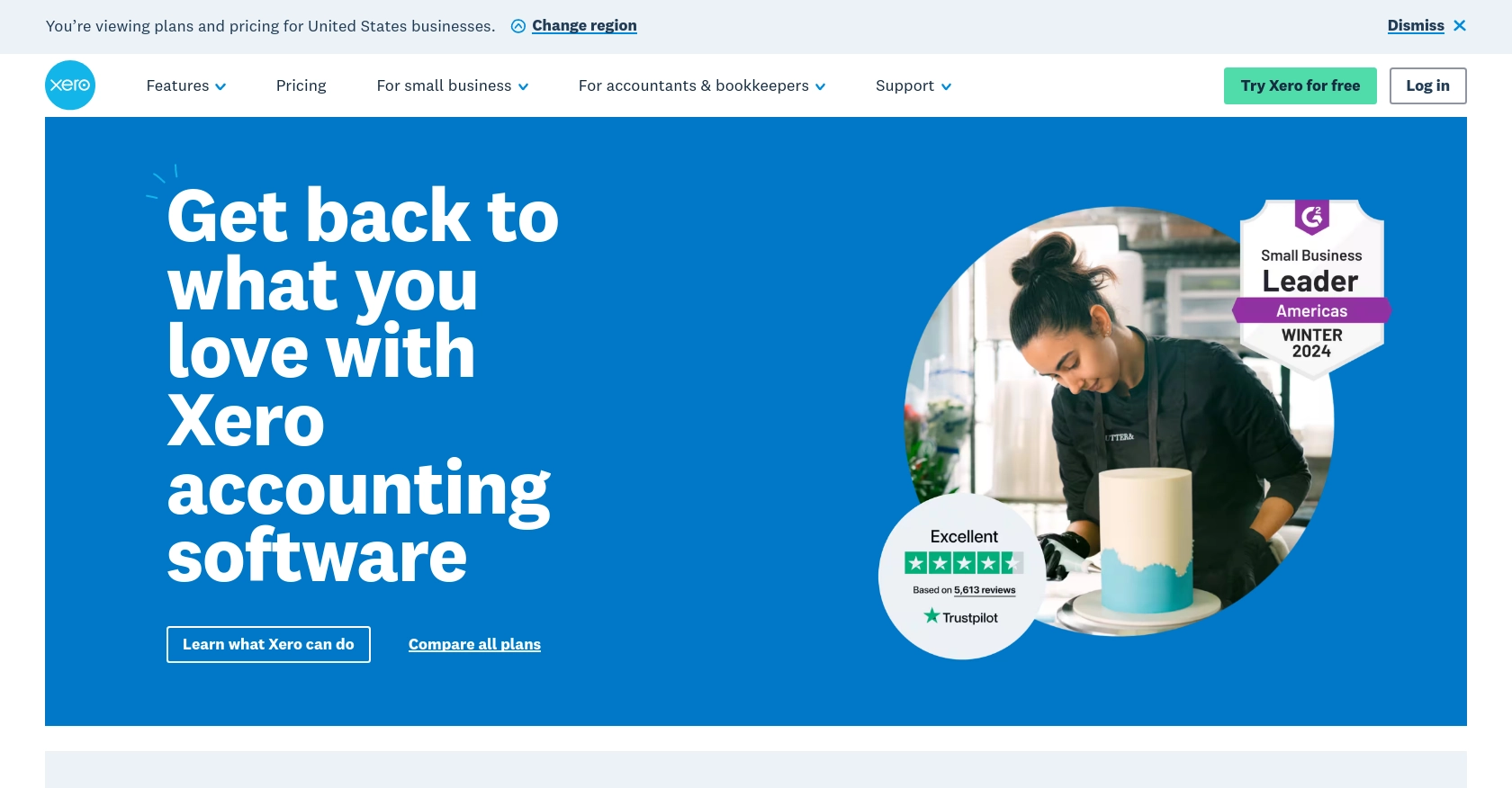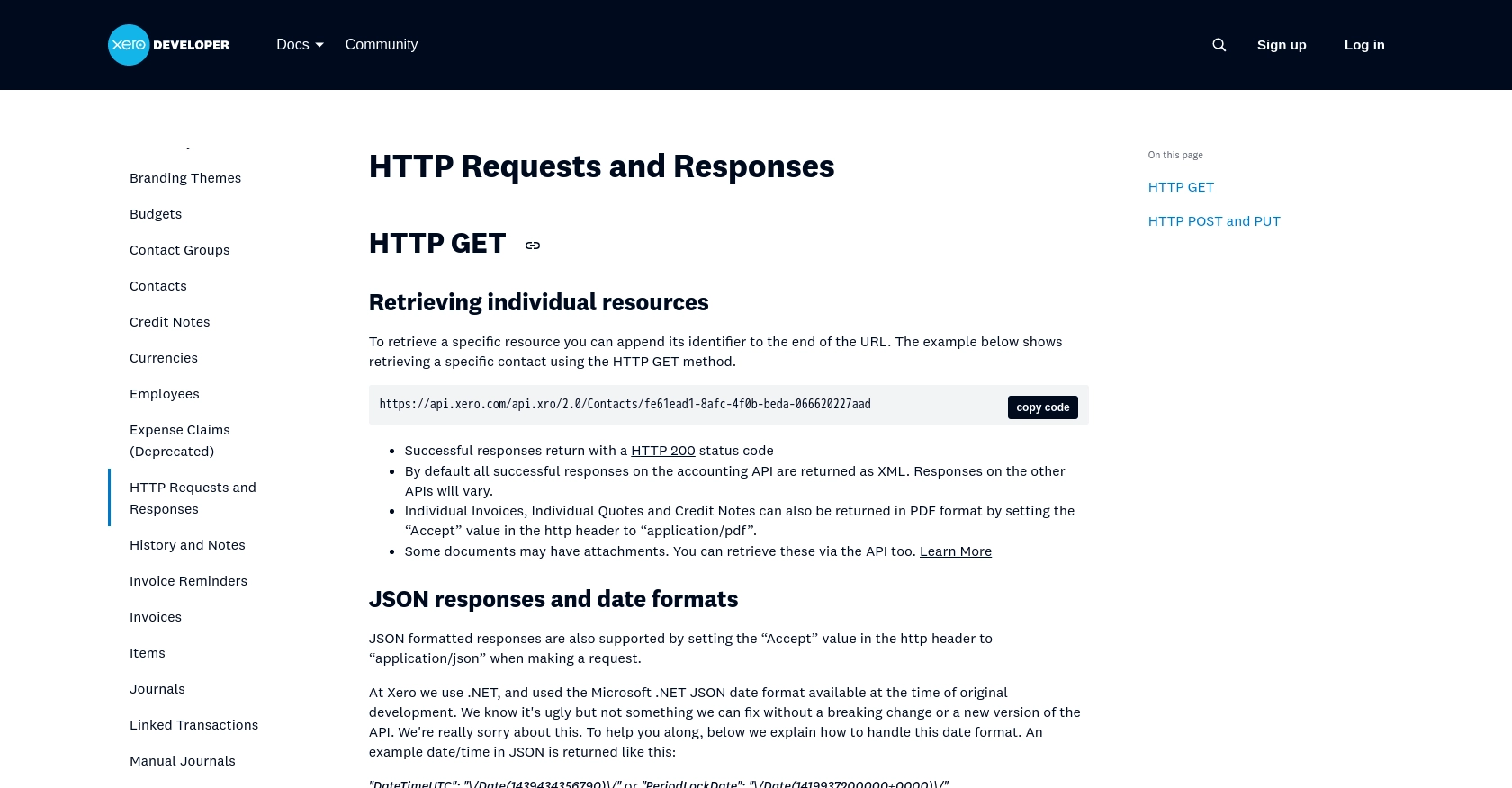Using the Xero API to Get Vendors (with PHP examples)

Introduction to Xero API for Vendor Management
Xero is a powerful cloud-based accounting software platform designed to help businesses manage their finances efficiently. It offers a wide range of features, including invoicing, bank reconciliation, and expense tracking, making it a popular choice for small to medium-sized enterprises.
Integrating with Xero's API allows developers to automate and streamline financial processes, such as managing vendor information. For example, you can use the Xero API to retrieve a list of vendors, enabling seamless integration with other business systems to enhance financial reporting and vendor management.
Setting Up Your Xero Sandbox Account for API Integration
Before you can start using the Xero API to manage vendors, you'll need to set up a sandbox account. This allows you to test your integration without affecting live data. Xero provides a demo company that you can use for this purpose.
Creating a Xero Sandbox Account
If you don't already have a Xero account, you can sign up for a free trial on the Xero website. Once your account is created, you can access the demo company:
- Log in to your Xero account.
- Navigate to the My Xero section.
- Select Try the Demo Company to access the sandbox environment.
Setting Up OAuth 2.0 Authentication for Xero API
Xero uses OAuth 2.0 for authentication, which requires you to create an app to obtain the necessary credentials. Follow these steps to set up OAuth 2.0:
- Go to the Xero Developer Portal and log in with your Xero account.
- Navigate to the My Apps section and click on Create App.
- Fill in the required details, such as the app name and company URL.
- Once the app is created, note down the Client ID and Client Secret.
- Set the redirect URI to a valid URL where you can handle the OAuth callback.
Obtaining Access Tokens for Xero API
To interact with the Xero API, you'll need to obtain an access token using the standard authorization code flow:
- Direct the user to Xero's authorization URL with your Client ID and requested scopes.
- After the user authorizes, Xero will redirect to your specified URI with an authorization code.
- Exchange the authorization code for an access token by making a POST request to Xero's token endpoint with your Client ID, Client Secret, and the authorization code.
For more detailed information on OAuth 2.0 with Xero, refer to the Xero OAuth 2.0 documentation.

sbb-itb-96038d7
Making API Calls to Retrieve Vendors Using Xero API with PHP
To interact with the Xero API and retrieve vendor information, you'll need to make HTTP requests using PHP. This section will guide you through the process of setting up your PHP environment, making the API call, and handling the response.
Setting Up Your PHP Environment for Xero API Integration
Before making API calls, ensure you have the following prerequisites:
- PHP 7.4 or later installed on your machine.
- Composer, the PHP package manager, to manage dependencies.
- The
guzzlehttp/guzzlepackage for making HTTP requests. Install it using Composer:
composer require guzzlehttp/guzzleMaking the API Call to Get Vendors from Xero
To retrieve vendors, you'll need to filter contacts by setting the IsSupplier parameter to True. Here's a step-by-step guide to making the API call:
require 'vendor/autoload.php';
use GuzzleHttp\Client;
$client = new Client();
$accessToken = 'YOUR_ACCESS_TOKEN'; // Replace with your actual access token
$tenantId = 'YOUR_TENANT_ID'; // Replace with your actual tenant ID
$response = $client->request('GET', 'https://api.xero.com/api.xro/2.0/Contacts', [
'headers' => [
'Authorization' => 'Bearer ' . $accessToken,
'Xero-tenant-id' => $tenantId,
'Accept' => 'application/json',
],
'query' => [
'IsSupplier' => 'true'
]
]);
$data = json_decode($response->getBody(), true);
foreach ($data['Contacts'] as $vendor) {
echo 'Vendor Name: ' . $vendor['Name'] . "\n";
}
Replace YOUR_ACCESS_TOKEN and YOUR_TENANT_ID with your actual access token and tenant ID obtained during the OAuth 2.0 authentication process.
Verifying API Call Success and Handling Errors
After running the PHP script, you should see a list of vendor names printed in the console. To verify the success of the API call, check the response status code:
if ($response->getStatusCode() === 200) {
echo "API call successful!";
} else {
echo "Failed to retrieve vendors. Status code: " . $response->getStatusCode();
}
For more detailed error handling, refer to the Xero API documentation for information on error codes and their meanings.
By following these steps, you can efficiently retrieve vendor information from Xero using PHP, allowing for seamless integration with your business systems.

Conclusion: Best Practices for Xero API Integration and Vendor Management
Integrating with the Xero API to manage vendor information can significantly enhance your business's financial processes. By automating vendor data retrieval, you can improve accuracy and efficiency in financial reporting and vendor management.
Here are some best practices to consider when working with the Xero API:
- Securely Store Credentials: Ensure that your OAuth 2.0 credentials, such as the Client ID and Client Secret, are stored securely. Avoid hardcoding them in your source code and consider using environment variables or secure vaults.
- Handle Rate Limiting: Xero's API has rate limits in place to prevent abuse. Be sure to implement logic to handle rate limit responses and retry requests as needed. For more details, refer to the Xero API rate limits documentation.
- Standardize Data Fields: When integrating vendor data with other systems, ensure that data fields are standardized to maintain consistency across platforms.
- Implement Robust Error Handling: Use detailed error handling to manage API call failures gracefully. Refer to the Xero API documentation for guidance on error codes.
By following these best practices, you can create a robust integration with Xero, ensuring seamless vendor management and improved financial operations.
For developers looking to streamline their integration processes, consider using Endgrate. With Endgrate, you can save time and resources by outsourcing integrations, allowing you to focus on your core product. Take advantage of an intuitive integration experience and build once for each use case, rather than multiple times for different integrations. Learn more at Endgrate.
Read More
- https://endgrate.com/provider/xero
- https://developer.xero.com/documentation/api/accounting/requests-and-responses
- https://developer.xero.com/documentation/guides/oauth2/limits/
- https://developer.xero.com/documentation/guides/oauth2/overview
- https://developer.xero.com/documentation/guides/oauth2/scopes
- https://developer.xero.com/documentation/guides/oauth2/auth-flow
- https://developer.xero.com/documentation/guides/oauth2/tenants
- https://developer.xero.com/documentation/api/accounting/contacts
Ready to get started?
